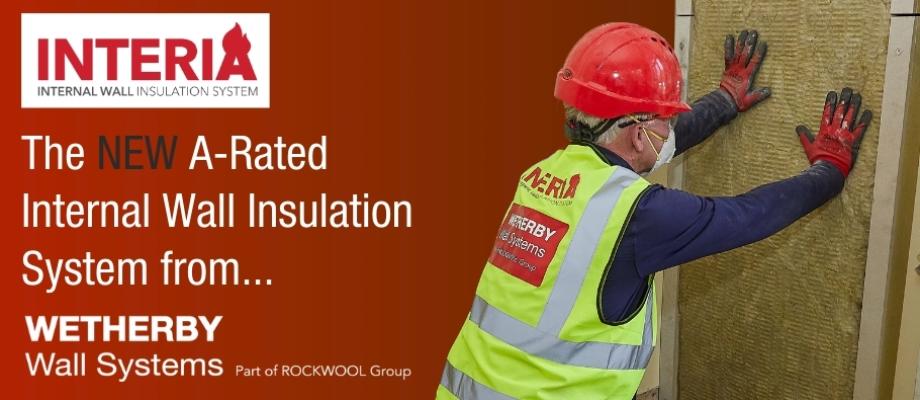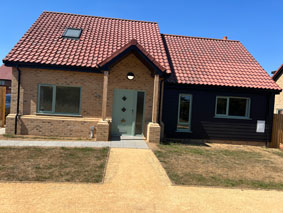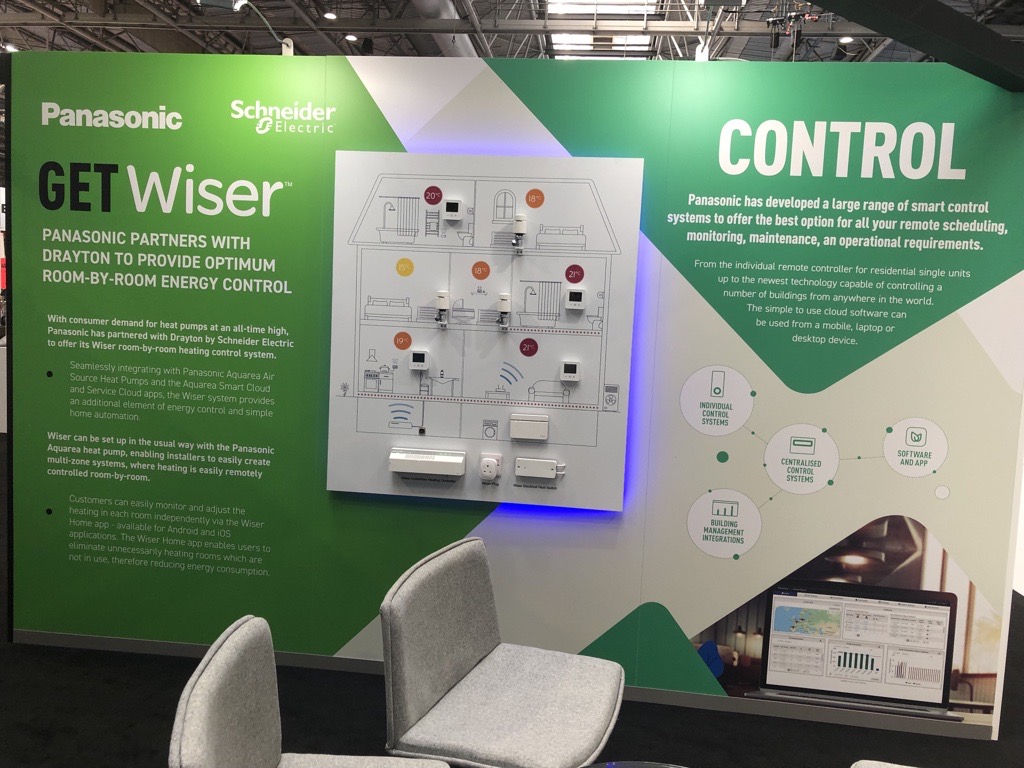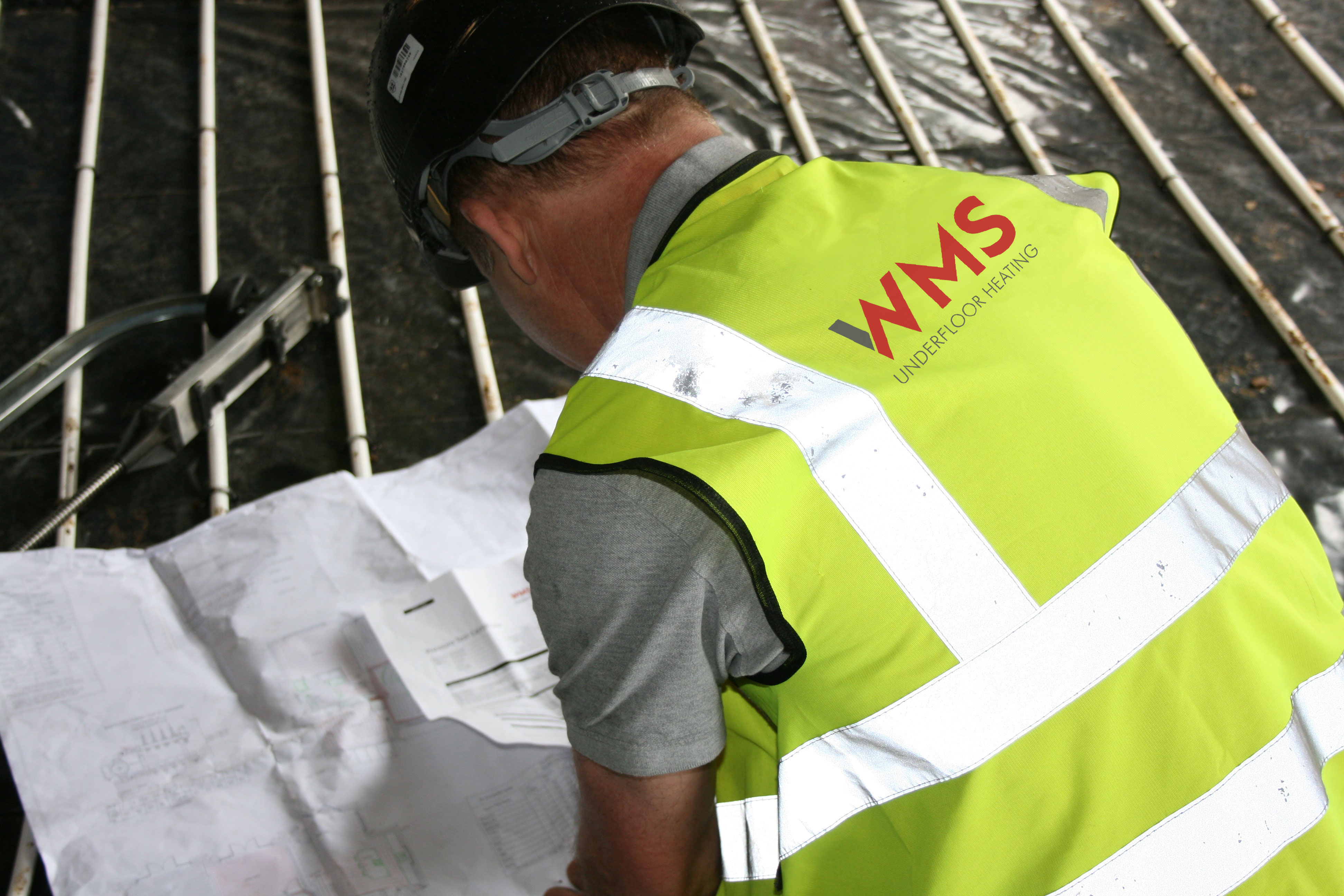Amidst growing debate around how we tackle the climate challenge, a unique partnership between Vaillant and Gasway has demonstrated the importance of innovation and collaboration in helping the industry achieve its carbon neutral future.
Founded in 1982, Gasway is the largest heating company in East Anglia with a proven track record, delivering excellence in heating systems including domestic gas, renewables and commercial heating.
In 2016 the business was acquired by Flagship Group, a housing association with over 32,000 homes in the region, supporting its vision of solving the housing crisis in the East of England.
With this number of homes, it is vital to have a leading heating manufacturer on board to meet the full heating specification requirements of the homes, while also enabling Gasway to continue to serve the private market.






















